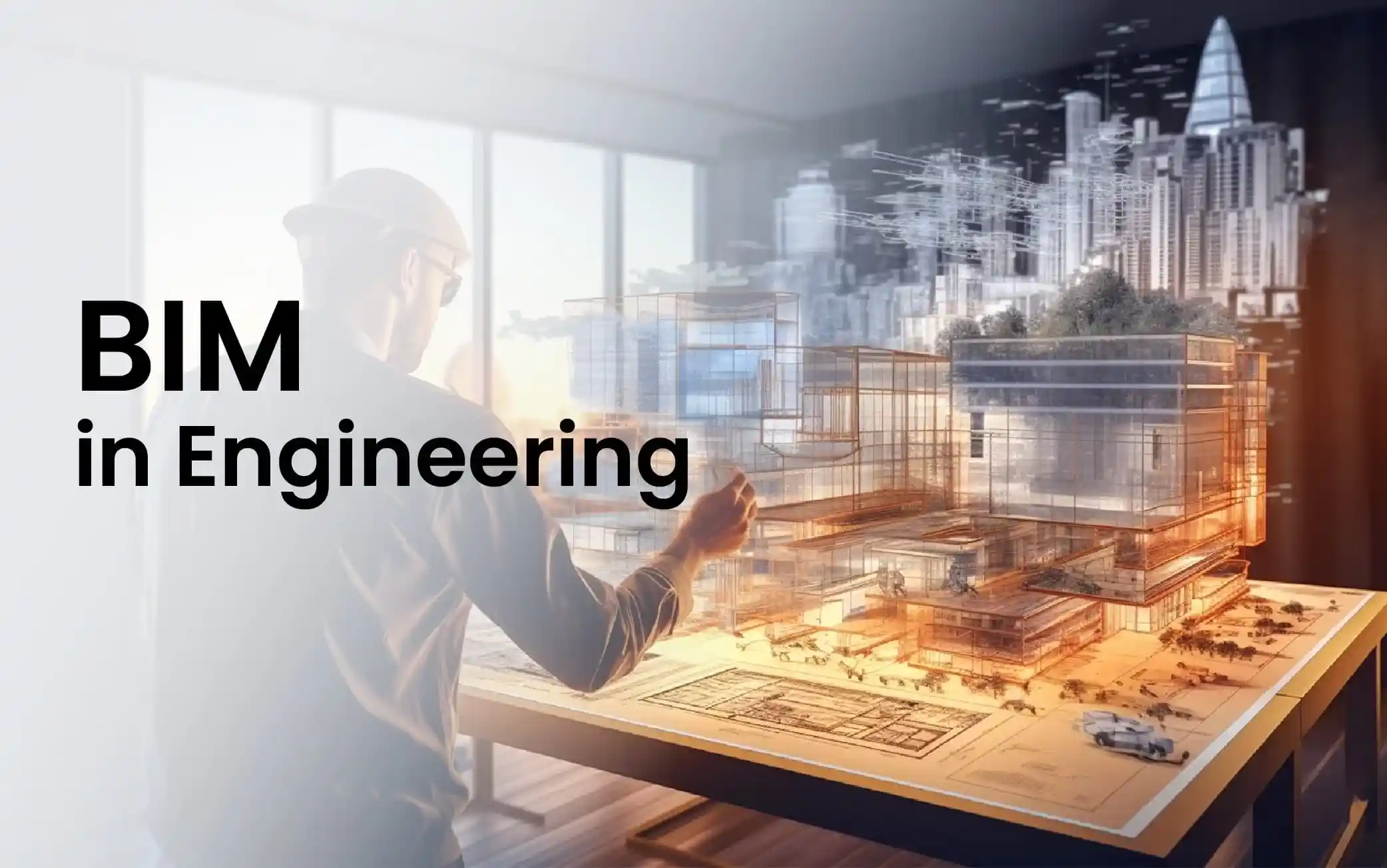BIM in Engineering
What is BIM?
Building Information Modelling, or BIM for short, is a systematic way of creating, managing, and sharing digital data about built assets across various disciplines throughout all project stages. It has been recognized as a game-changer in the architecture, engineering, and construction (AEC) industry, thanks to its benefits. Powered by an intelligent model and a cloud platform, BIM combines structured, multi-disciplinary data to create a digital representation of an asset throughout its entire lifecycle—from planning and design to construction and operations.
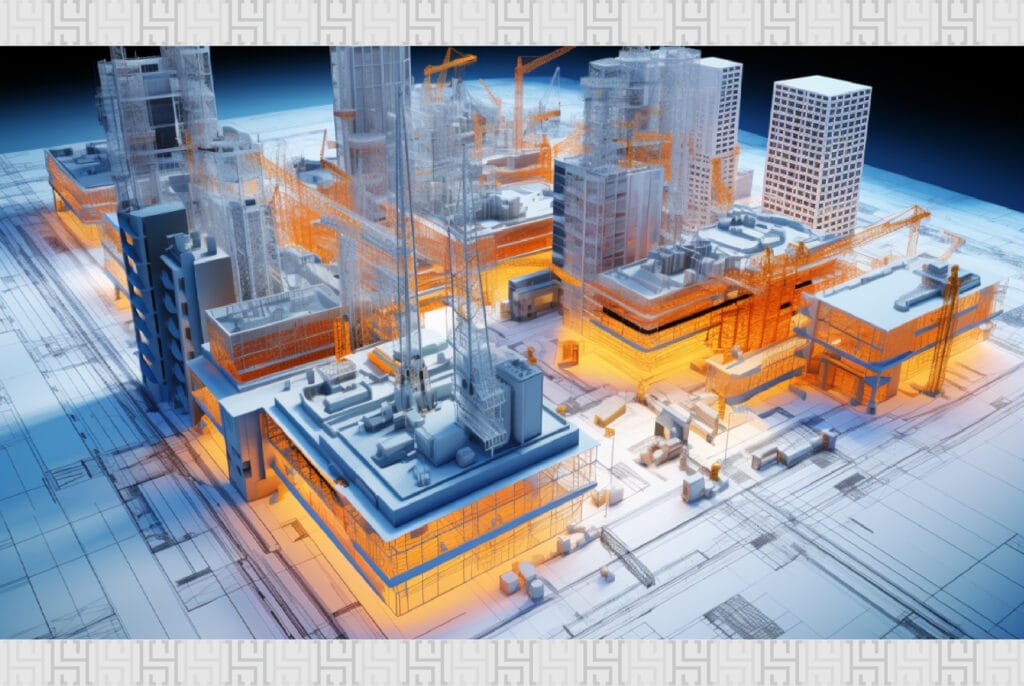
Benefits of BIM in Engineering
Produce an Accurate Site Model
With BIM software, engineers can create extensive 3D models of the project site and its surrounding environment, resulting in a data-rich model. Alongside 2D and reality capture data, this 3D model can also integrate GIS data for enhanced accuracy. Having a precise, data-rich model is crucial for the next construction phases, site analysis, and detailed infrastructure design.
Achieve Optimal Outcomes
This model is fine-tuned for the detailed work that follows. We can leverage this intelligent model to conduct analyses and simulations that lead to more informed design choices. Whether it is flood simulations, roadway layouts, parking space distribution, or structural assessments for bridges, Building Information Modeling software like Infraworks, Revit, and Navisworks can handle it all. Based on the insights gained, engineers can propose the best design solutions.
Mitigate Potential Risks
One of the standout benefits across any industry is its capability to store information within 3D models. By easily sharing this information among multidisciplinary teams, every stakeholder gains a clearer understanding of the project’s impact and design scenarios, helping to avoid costly mistakes and delays. Site engineers can also foresee and address potential risks and hazards on the construction site, while architects and other engineers can better manage the risks of schedule and budget overruns.
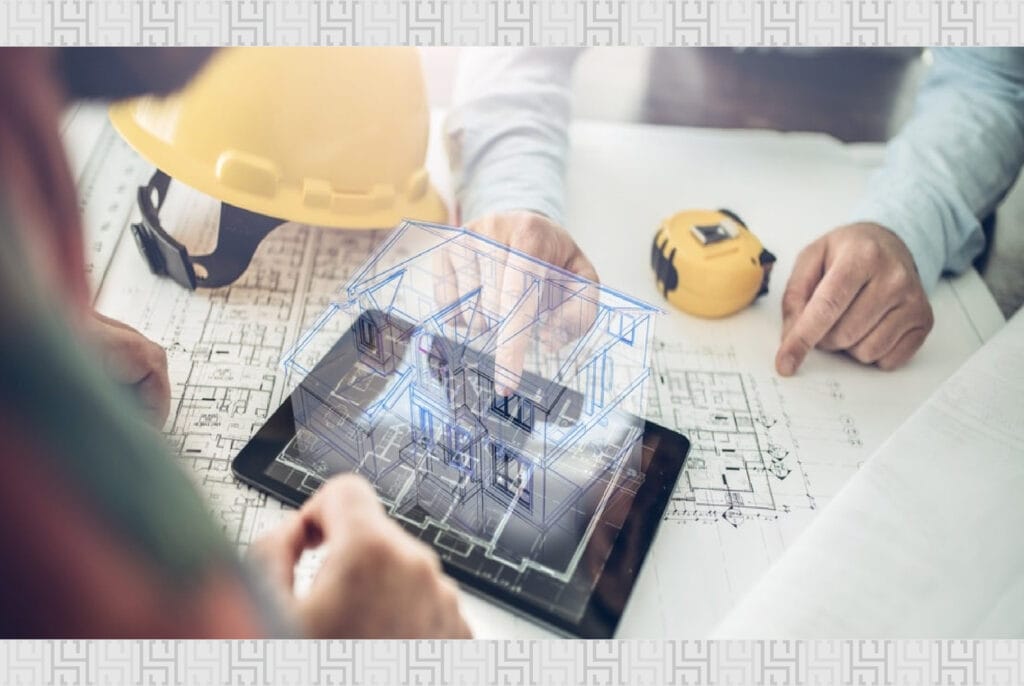
Faster Response to Design Changes
During the construction phase, Building Information Modeling allows quicker reactions to design changes or site issues while aiding in planning and cost management. With BIM, teams can evaluate constructability, refine and communicate construction sequencing and contractor schedules, create material lists and quantities, and set up delivery schedules and logistics for materials.
Moreover, Building Information Modeling empowers owners and operators to manage, plan, and track ongoing maintenance, renovations, or even demolitions of their facilities efficiently.
BIM is Green
Thanks to the time savings Building Information Modeling provides, we can cut down on energy usage and costs. It helps minimize material waste during construction and building management, and it can even play a role in sustainable demolition practices. Energy modeling can significantly reduce energy consumption throughout a building’s lifespan.
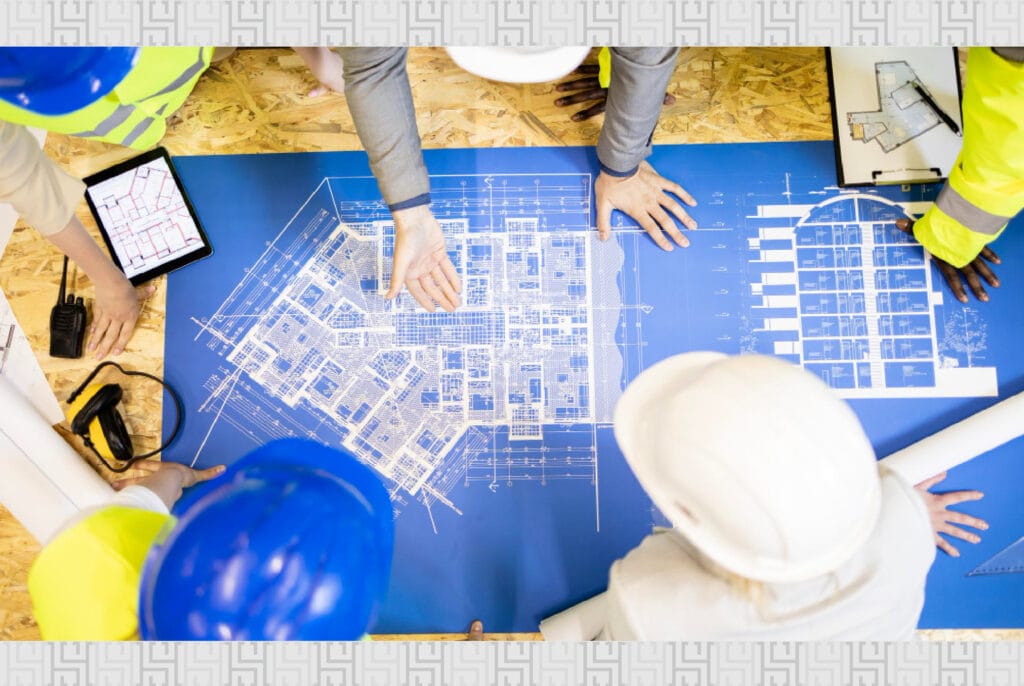
A BIM Engineer’s Responsibilities
In any construction project, a variety of engineers come together to design and manage the structural, mechanical, and electrical systems needed. While this process can be straightforward for residential projects, it becomes more complex with large-scale developments and infrastructure. Building Information Modeling engineers leverage their engineering expertise alongside their knowledge to ensure that these systems are delivered safely and efficiently.
Responsibilities Include:
- Designing systems using Building Information Modeling methodologies to enhance coordination within the project team.
- Producing documentation, schedules, and material take-offs while supervising the development of engineering systems.
- Reporting to coordinators or managers, who may assign additional tasks.
- Collaborating with core engineers, who are specialists but may lack knowledge, to gather input on design systems for optimal efficiency.
- Training modelers to develop models for the projects.
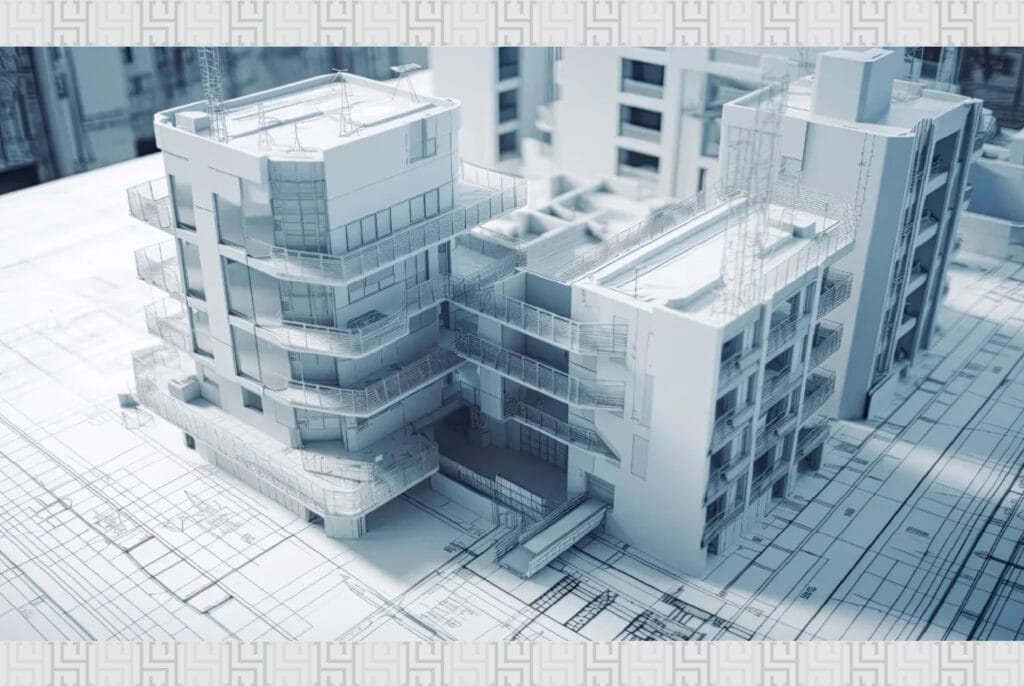
Curious to learn more about Building Information Modeling and its benefits in the engineering industry? Reach out to HS Group or Infra Construction at +967 2 237793/4/5 or drop us an email at info@hs-gp.com.

